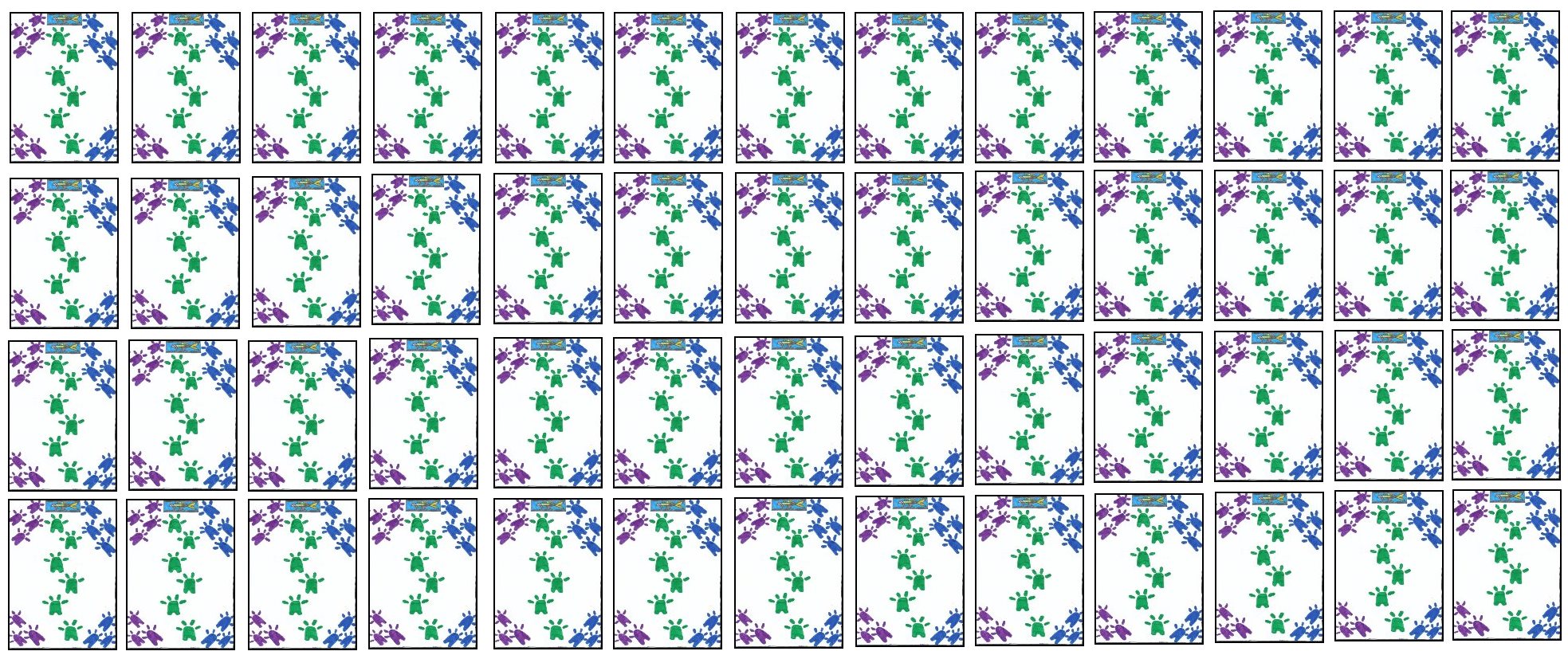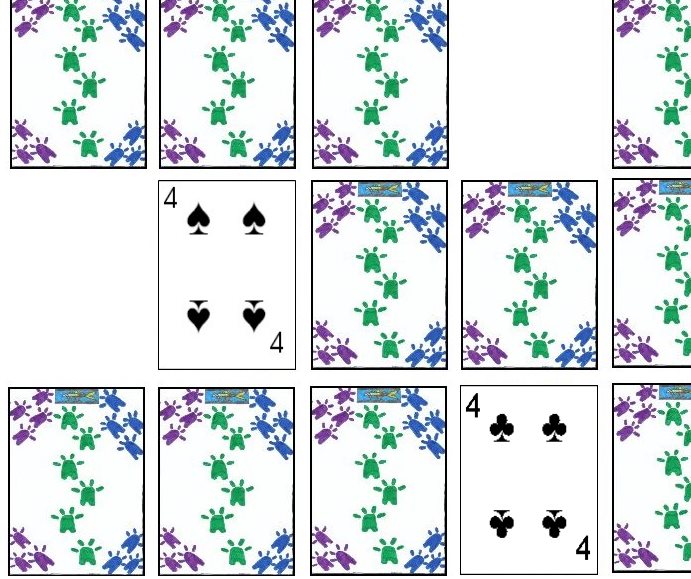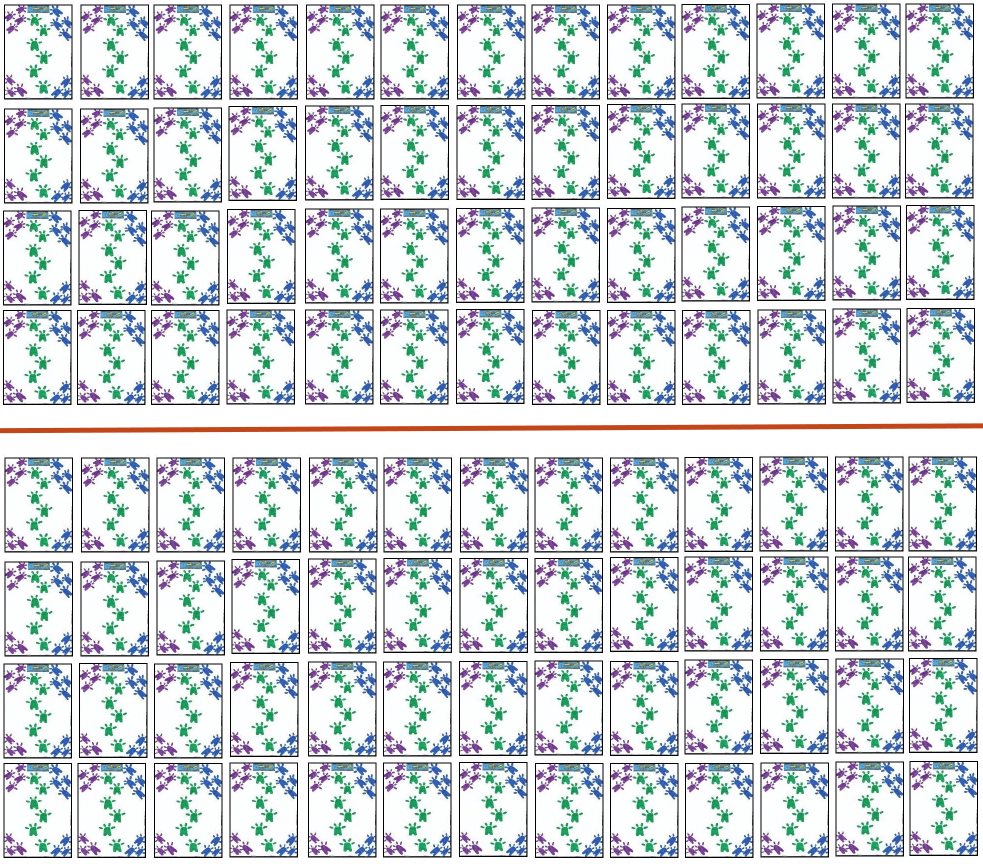How to Play the Card Game Memory
|
|
Memory is a classic game enjoyed by players of all ages. It is well known by many players and is often the first game learned by many players. The game is also known by a number of other names including Pelmanism, Concentration, Shinkei-Suijaku, Pexeso, and Pairs, as the ultimate object of the game is to collect the most cards of the same denomination.
 The standard game is designed to be played by two players, although versions for differing numbers of players are described below, including a solitaire variant. The game uses one standard 52 card deck and the game no real card ranking is necessary in this game. As a layout is created in this game consisting of all 52 cards in the deck, a large table or playing surface is required.
The standard game is designed to be played by two players, although versions for differing numbers of players are described below, including a solitaire variant. The game uses one standard 52 card deck and the game no real card ranking is necessary in this game. As a layout is created in this game consisting of all 52 cards in the deck, a large table or playing surface is required.
Before play begins, the first dealer should be determined. Any method can be used to determine this, with a frequent method to have both players draw a random card from the shuffled deck. The highest card would become the first dealer. If both players draw cards of the same denomination, the players would both draw again. In some games, it is customary for the youngest player to have the first turn on each game. After the first game, the deal alternates back and forth between the two players. Another common method when played by children is for the youngest player to have the first turn with his opponent thus becoming the first dealer.
Once the first dealer is determined, he thoroughly shuffles the deck and offers it to his opponent to cut. After the cut, the dealer then begins creating a layout in the center of the table. To create this layout he begins dealing out the cards in several equal rows as will best fit the playing surface. A standard layout is to use four rows of thirteen cards. Each card should be placed face-down and laid out in an organized fashion with no cards overlapping or otherwise touching.
After the deal, the non-dealer takes the first turn. On his turn a player begins by flipping over any card in the layout, exposing it to himself and his opponent. Leaving this card exposed, he then selects any other card in the layout and flips it over as well. If the two cards are of the exact same denomination (regardless of suit or color) he takes both cards adding them to his capture pile. If the two cards do not match he must then flip them back over (face-down) in the same position they originally were found. If the player was able to capture a matching pair, he takes another turn, continuing in this way until unable to make a matching pair. Once the player turns over two non-matching cards his turn is over and his opponent then takes a turn in the same manner.
The game continues in this way until the last pair of cards has been captured from the center layout. The players then count the cards they were able to capture and the player with the highest total of captured cards is declared the winner. If both players capture exactly the same number of cards (26) the game is considered a tie.
Variations and Optional Rules
 Color Matching: Some players prefer to increase the difficulty of the game somewhat by adding the rule that cards must match not only in rank but also in color of the suit of the card. Thus, cards in the suit of Diamonds can only be matched by a card of the same rank in the suit of Hearts, cards in the suit of Spades can only be matched by a card in the suit of Clubs, Cards in the suit of Hearts are only matched by a card of the same rank in the suit of Diamonds, and cards in the suit of Clubs can only be captured with cards of the same rank in the suit of Spades.
Color Matching: Some players prefer to increase the difficulty of the game somewhat by adding the rule that cards must match not only in rank but also in color of the suit of the card. Thus, cards in the suit of Diamonds can only be matched by a card of the same rank in the suit of Hearts, cards in the suit of Spades can only be matched by a card in the suit of Clubs, Cards in the suit of Hearts are only matched by a card of the same rank in the suit of Diamonds, and cards in the suit of Clubs can only be captured with cards of the same rank in the suit of Spades.
Three or More Players: Although Memory is traditionally considered to be a two player, head to head game, it can just as easily be played by three or more, up to about six players. Play is the same as in the standard variation described above, with the turns rotating in a clockwise rotation. If, at the end of the game, two or more players tie for the most cards captured, they are considered co-winners of the game.
Disorganized Layout: Most often, Memory is played using an organized rectangular layout in the center of the playing surface. However, some player prefer to create a more disorganized and chaotic layout. Thus, instead of an organized layout the cards are placed in almost any format on the table in no real organized manner. The only restriction being that cards are not overlapping to ensure every card can be flipped over without disturbing any other card in the layout. In all other aspects the game is played identically to the standard game.
Fancy Layout: Some players prefer to use special fancy layouts for the cards, which depending on the specific shape selected may make the game
easier or more difficult. Some popular such shapes are concentric circles, diamond and other non-standard shapes for the layout. The actual gameplay is identical to the standard game of Memory.
Preventing Ties: Some players institute special rules in order to prevent ties. The usual methods to do this are that, in the event of a tie, the player of those tying who first captured a pair is declared the winner. Other players may use a rule that whichever of the tying player has a card of the highest rank is declared the winner. If both players have cards of the same rank, the player with the next highest pair is declared the winner of those tying and so on.
Jokers: In some games, two Jokers are added to the deck. A Joker can only be matched with the companion Joker. When Jokers are added, the cards of the deck are usually laid out in a rectangle of six rows of nine cards in each row. In case of a tie (both players capturing the same number of pairs during a game), the player who managed to capture the Jokers is declared the winner. In all other aspects the game is played identically to the standard variant.
 Memory Duel: A fun variant of Memory is sometimes played, designed specifically for two players, in which each player uses one full 52 card deck. Each player thus takes his own deck and thoroughly shuffles it and, similar to standard memory deals out the entire deck, face-down, in a square layout in front of himself. This is his specific layout and is not accessible by his opponent.
Memory Duel: A fun variant of Memory is sometimes played, designed specifically for two players, in which each player uses one full 52 card deck. Each player thus takes his own deck and thoroughly shuffles it and, similar to standard memory deals out the entire deck, face-down, in a square layout in front of himself. This is his specific layout and is not accessible by his opponent.
The first player begins the game by flipping over any one card of his choosing from his own layout, exposing it on the table. His opponent then selects any one card in his layout also exposing it. If the two cards are a matching pair of the same rank and suit, the cards are removed from play and set aside as winnings for the second player. If they do not match both cards are placed back in the same position they were previous to having been exposed. In either case, for the next turn the roles reverse, with the second player now exposing the first card on his layout, and the second player attempting to select the exact match for this card in his own
layout. The game continues in this manner until all cards have been matched, with the player who was able to capture the most matches declared the winner.
Memory Solitaire: Memory can also be played as a form of solitaire for one player. To begin the entire shuffled deck should be completely dealt out in a rectangular format as in the two player game. The player also obtains a stack of 18 tokens or chips in front of himself. The player then selects any card on the table, exposing it. After doing so he then selects any other card on the table. If the two cards are of the same rank he sets them aside. If they do not match he must turn them back over in the same place. He must also place one of his chips into the center of the table. If the player places his last chip, the game ends and the player did not clear the board. However, if the player manages to clear the board before losing his last chip, he is said to have won the game.
Copyright © 2015 CatsAtCards.com. All rights reserved.
 The standard game is designed to be played by two players, although versions for differing numbers of players are described below, including a solitaire variant. The game uses one standard 52 card deck and the game no real card ranking is necessary in this game. As a layout is created in this game consisting of all 52 cards in the deck, a large table or playing surface is required.
The standard game is designed to be played by two players, although versions for differing numbers of players are described below, including a solitaire variant. The game uses one standard 52 card deck and the game no real card ranking is necessary in this game. As a layout is created in this game consisting of all 52 cards in the deck, a large table or playing surface is required.
 Color Matching: Some players prefer to increase the difficulty of the game somewhat by adding the rule that cards must match not only in rank but also in color of the suit of the card. Thus, cards in the suit of Diamonds can only be matched by a card of the same rank in the suit of Hearts, cards in the suit of Spades can only be matched by a card in the suit of Clubs, Cards in the suit of Hearts are only matched by a card of the same rank in the suit of Diamonds, and cards in the suit of Clubs can only be captured with cards of the same rank in the suit of Spades.
Color Matching: Some players prefer to increase the difficulty of the game somewhat by adding the rule that cards must match not only in rank but also in color of the suit of the card. Thus, cards in the suit of Diamonds can only be matched by a card of the same rank in the suit of Hearts, cards in the suit of Spades can only be matched by a card in the suit of Clubs, Cards in the suit of Hearts are only matched by a card of the same rank in the suit of Diamonds, and cards in the suit of Clubs can only be captured with cards of the same rank in the suit of Spades.
 Memory Duel: A fun variant of Memory is sometimes played, designed specifically for two players, in which each player uses one full 52 card deck. Each player thus takes his own deck and thoroughly shuffles it and, similar to standard memory deals out the entire deck, face-down, in a square layout in front of himself. This is his specific layout and is not accessible by his opponent.
Memory Duel: A fun variant of Memory is sometimes played, designed specifically for two players, in which each player uses one full 52 card deck. Each player thus takes his own deck and thoroughly shuffles it and, similar to standard memory deals out the entire deck, face-down, in a square layout in front of himself. This is his specific layout and is not accessible by his opponent.